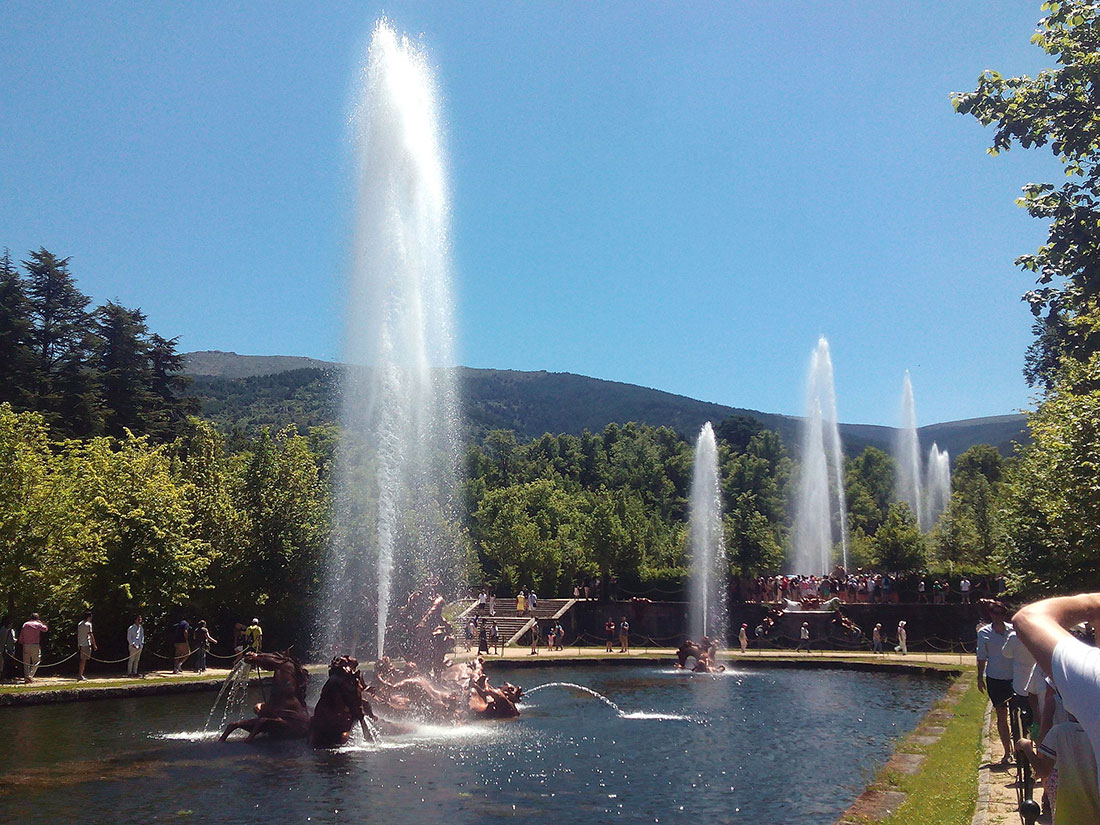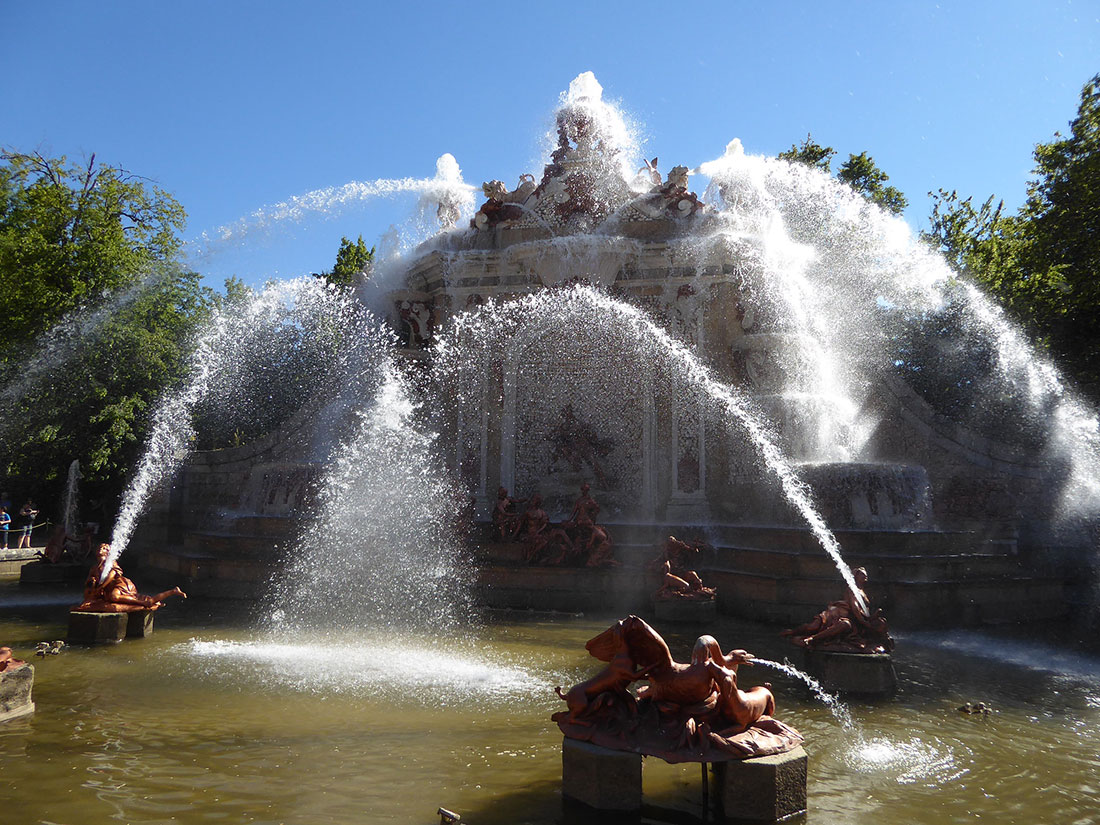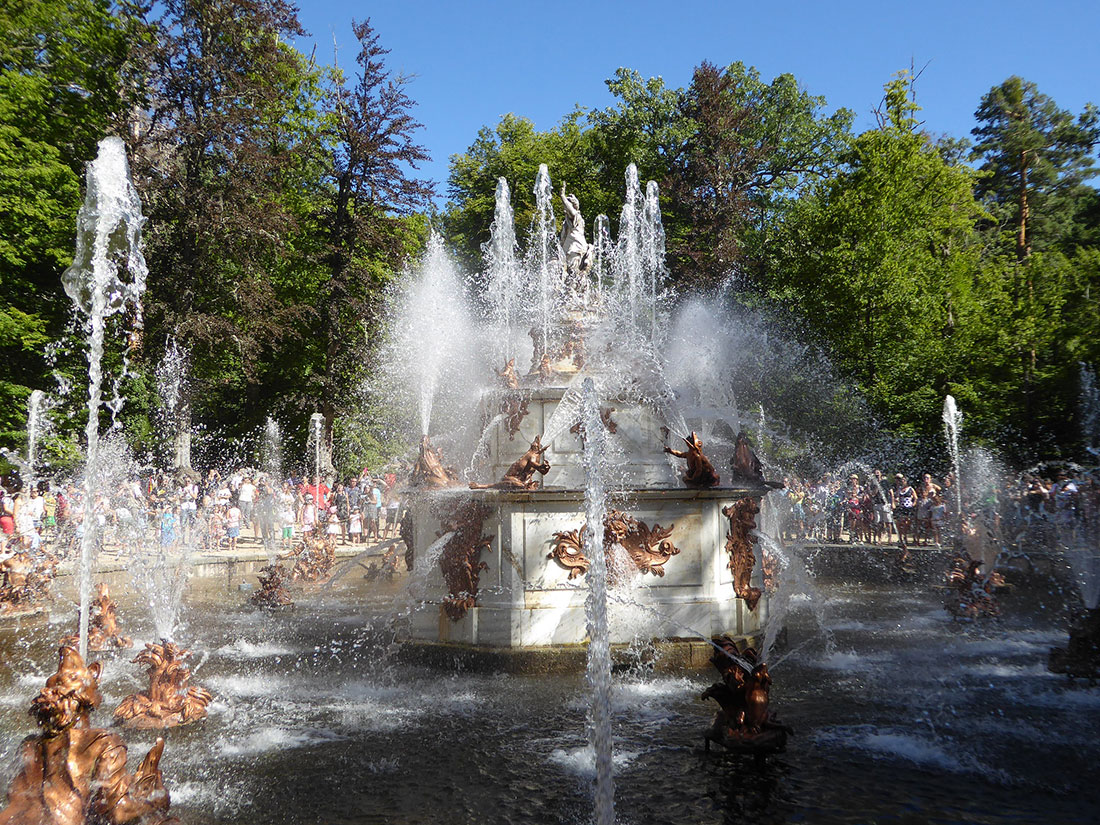The Royal Palace of La Granja de San Ildefonso, declared a Historical Monument, is one of the finest examples of 18th-century royal splendor. Philip V, the first Bourbon to rule in Spain, fell in love with this beautiful place in 1717. This love was so strong that he decided to build a palace here and lay out gardens, decorated with sculptures and fountains that would remind him of his childhood at the French court of his grandfather, Louis XIV. The creation of this residence was his personal great work: the monarch found the perfect place to retire from the world…
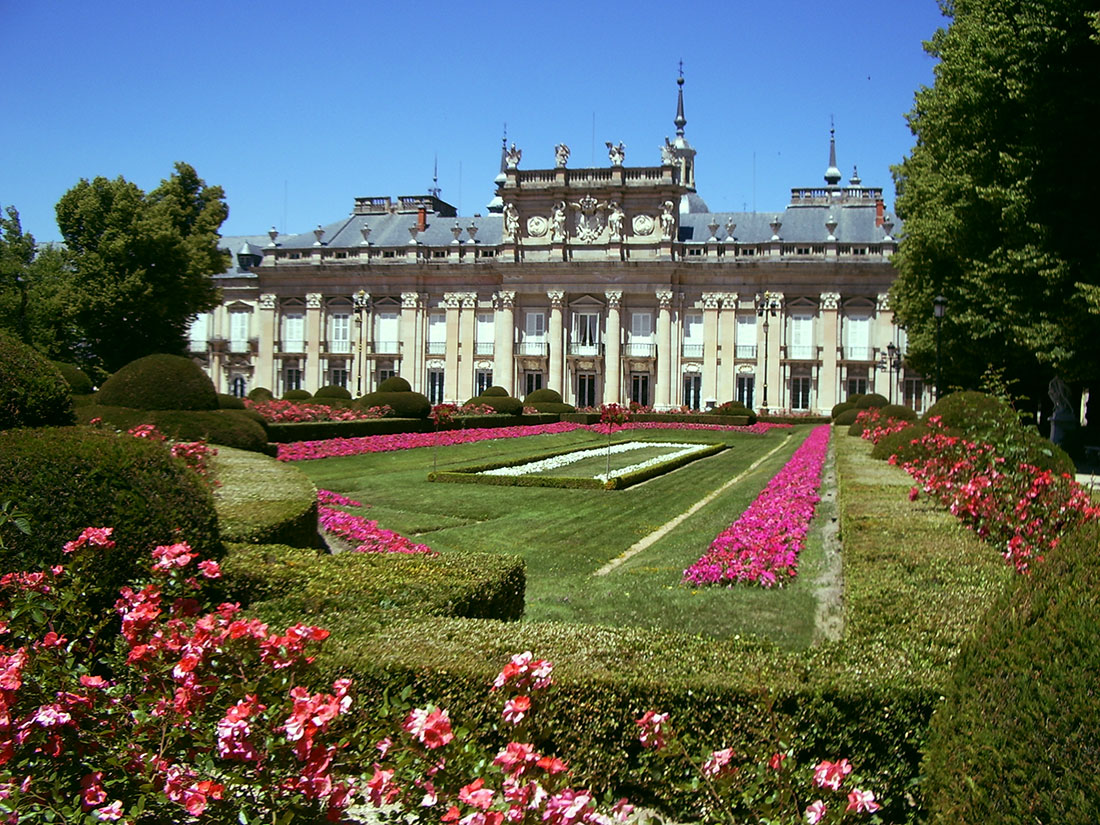
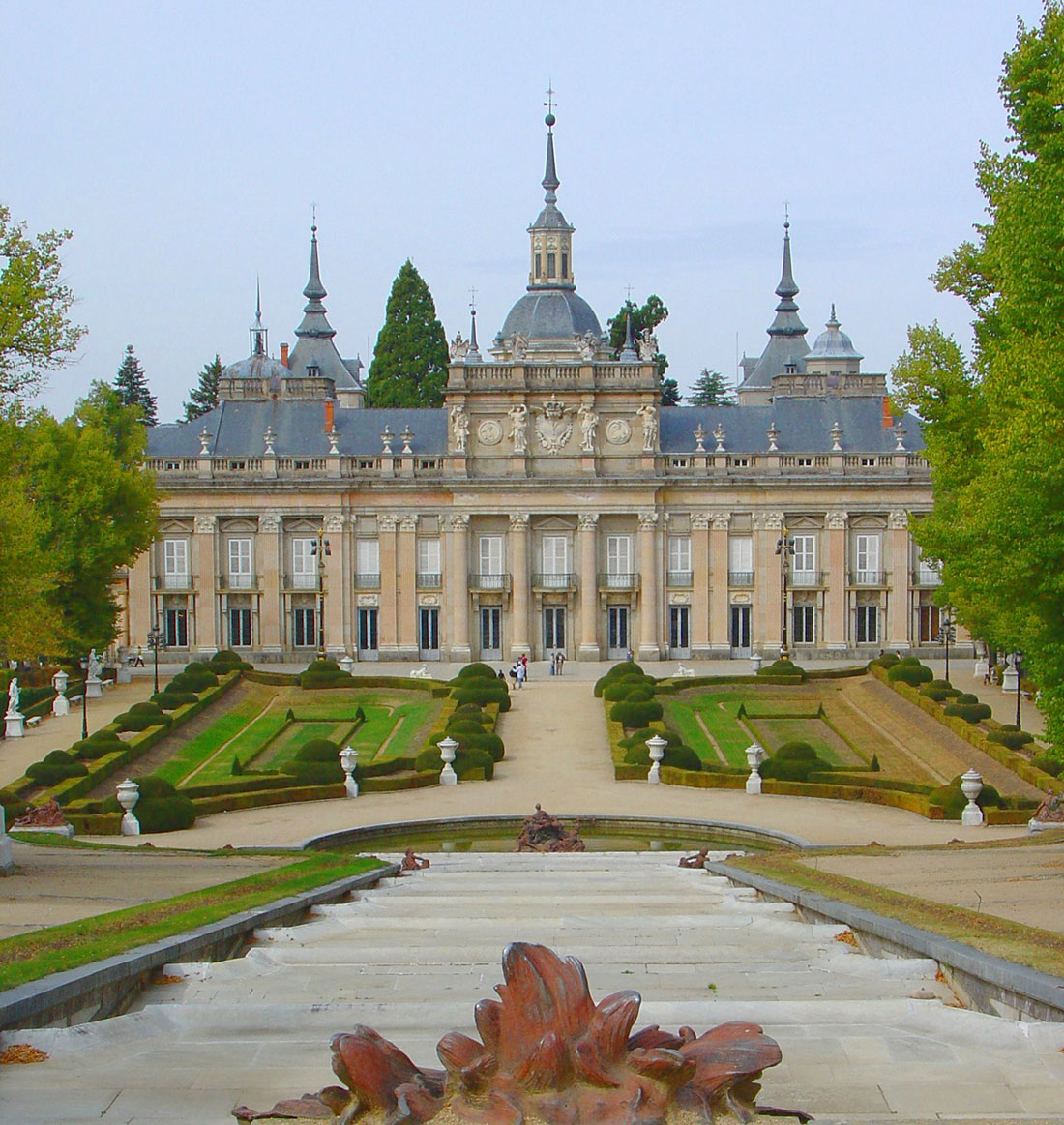
The site on which the La Granja Palace stands was commissioned from the monks in 1719 by King Philip V after his summer palace in Valsaina burned down. In 1721, Philip started to build a new residence with gardens, modeled on the Versailles built by his grandfather, Louis XIV. Like Versailles, the complex included forested courts and formal gardens, with the main axis centered on the palace. Like Versailles, La Granja Palace began as a refuge from the court but became the center of royal government.
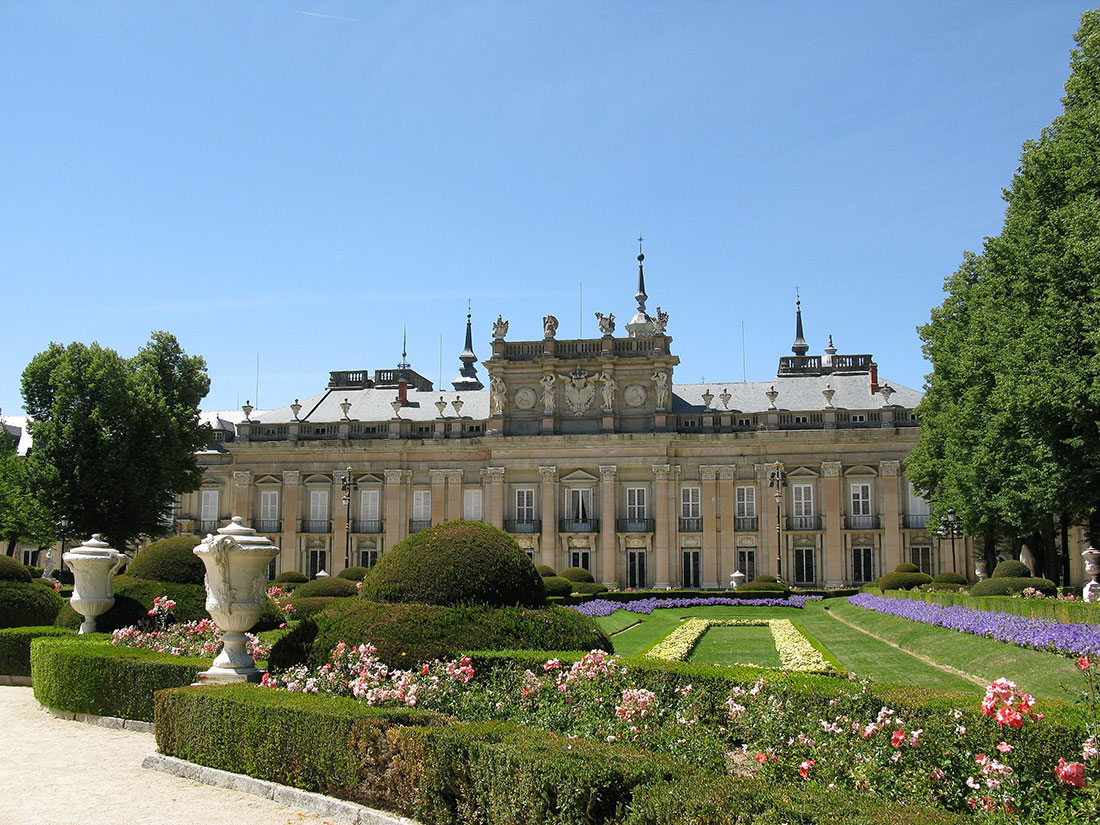
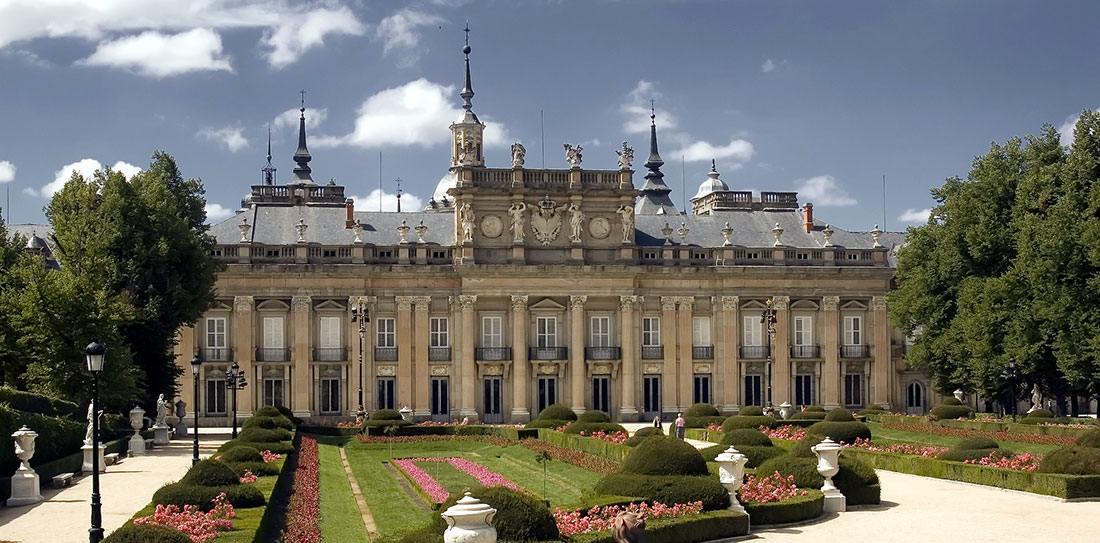
The Royal Palace of La Granja de San Ildefonso is a magnificent example of European palace architecture. Its gardens and fountains are inspired by Versailles with constant references to legend and mythology, and its rooms are decorated with Carrara marble, Japanese lacquer and crystal chandeliers


From 1721 the palace took its shape, a chapel and a courtyard were added to the main building. However, the main development of the site took place after the king abdicated in 1724. Although he intended to retire and live in the palace, the death of his heir, Louis I, in the same year meant that he had to return to the throne.
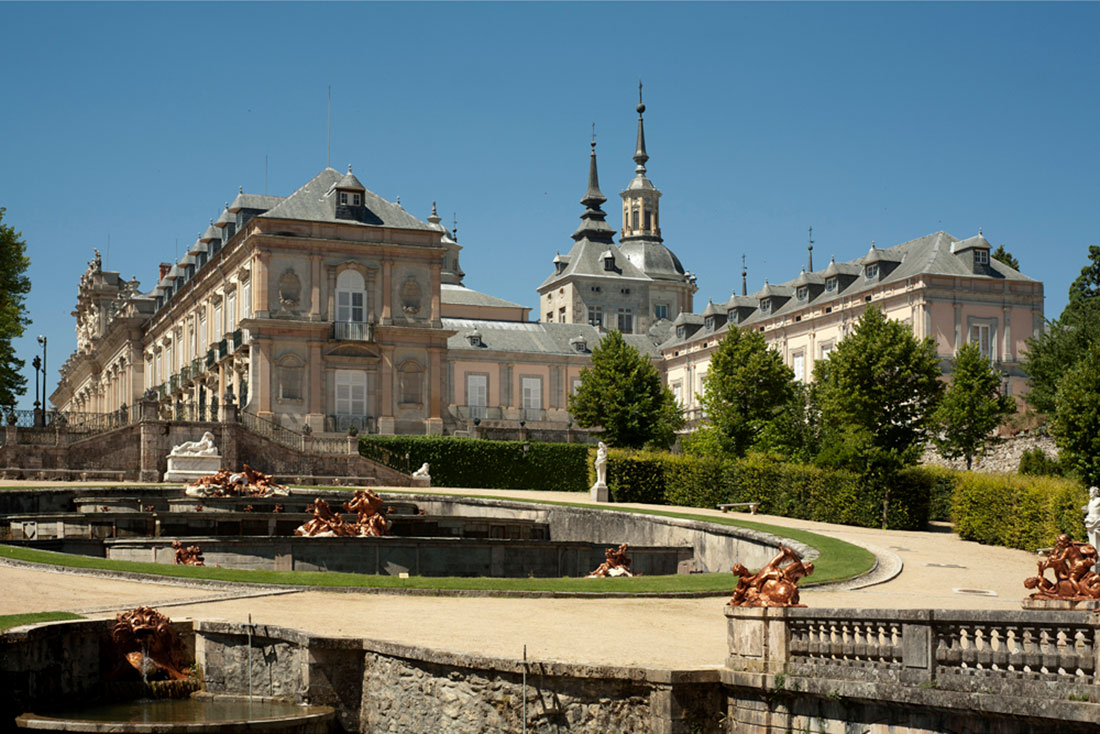
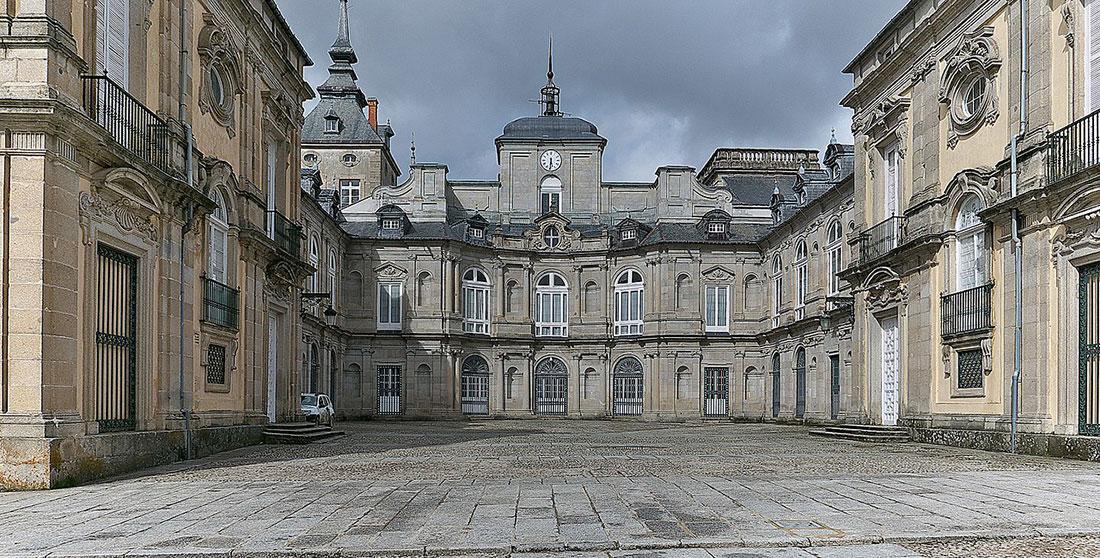
As a result, La Granja Palace became the center of the royal court. Military barracks, a collegiate church and a royal glassworks were built on the grounds
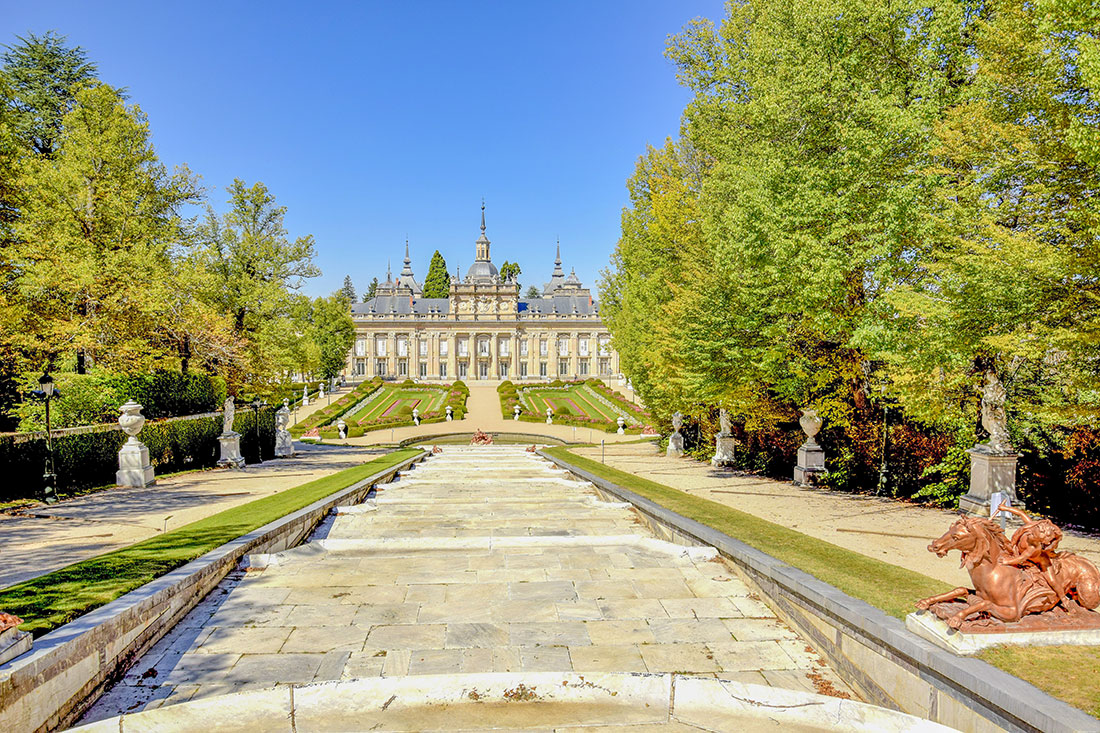
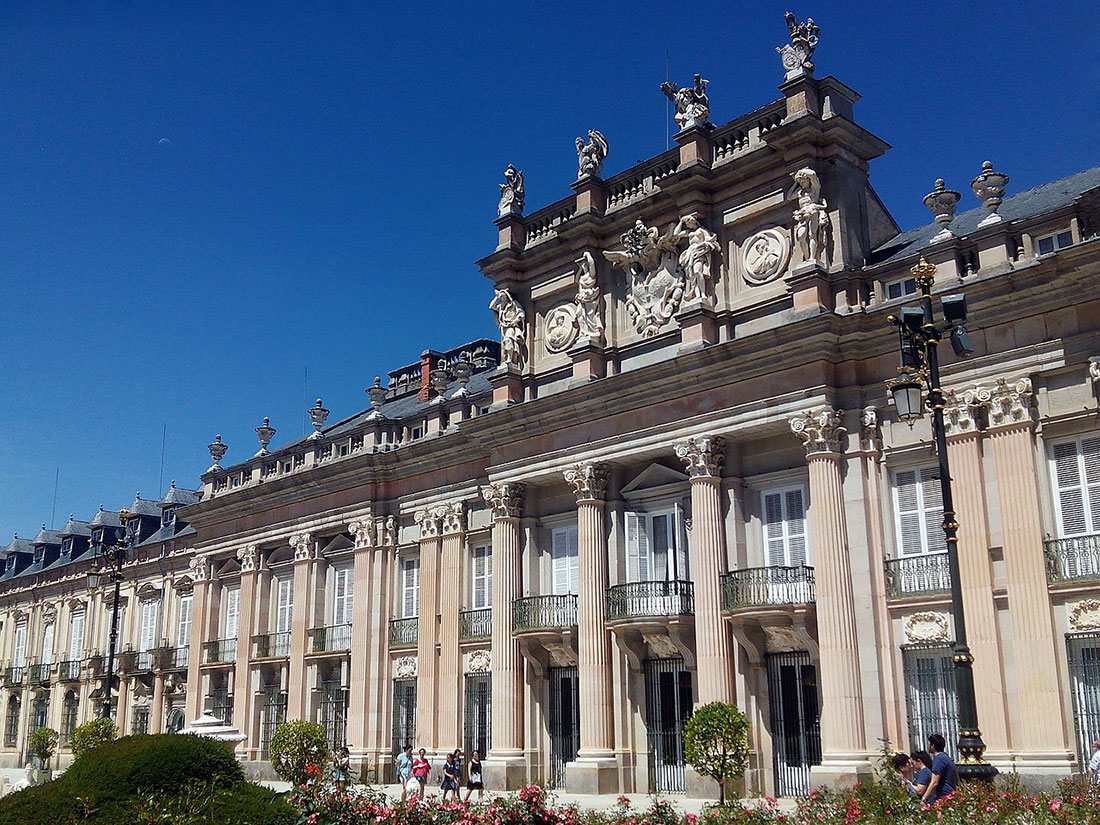
For the next two hundred years, La Granja was the main summer palace of the monarchy, within the walls of which royal weddings and funerals took place, state treaties were signed and political events were held.
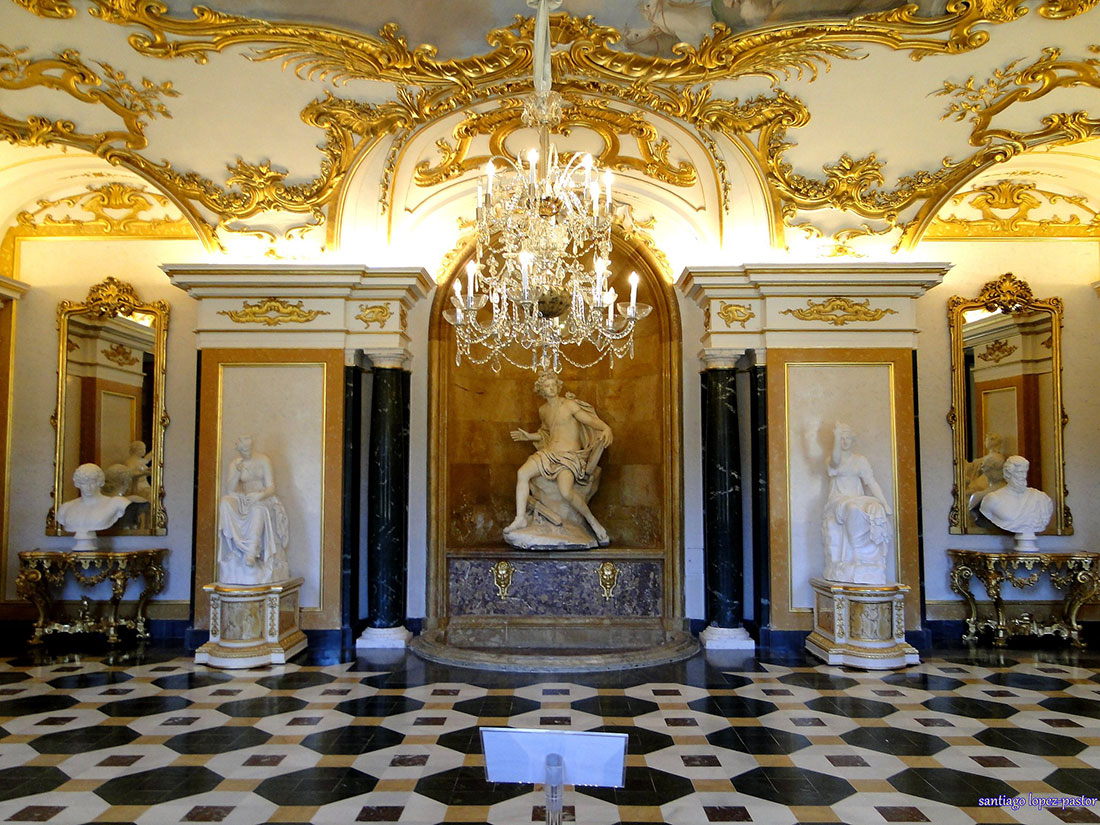
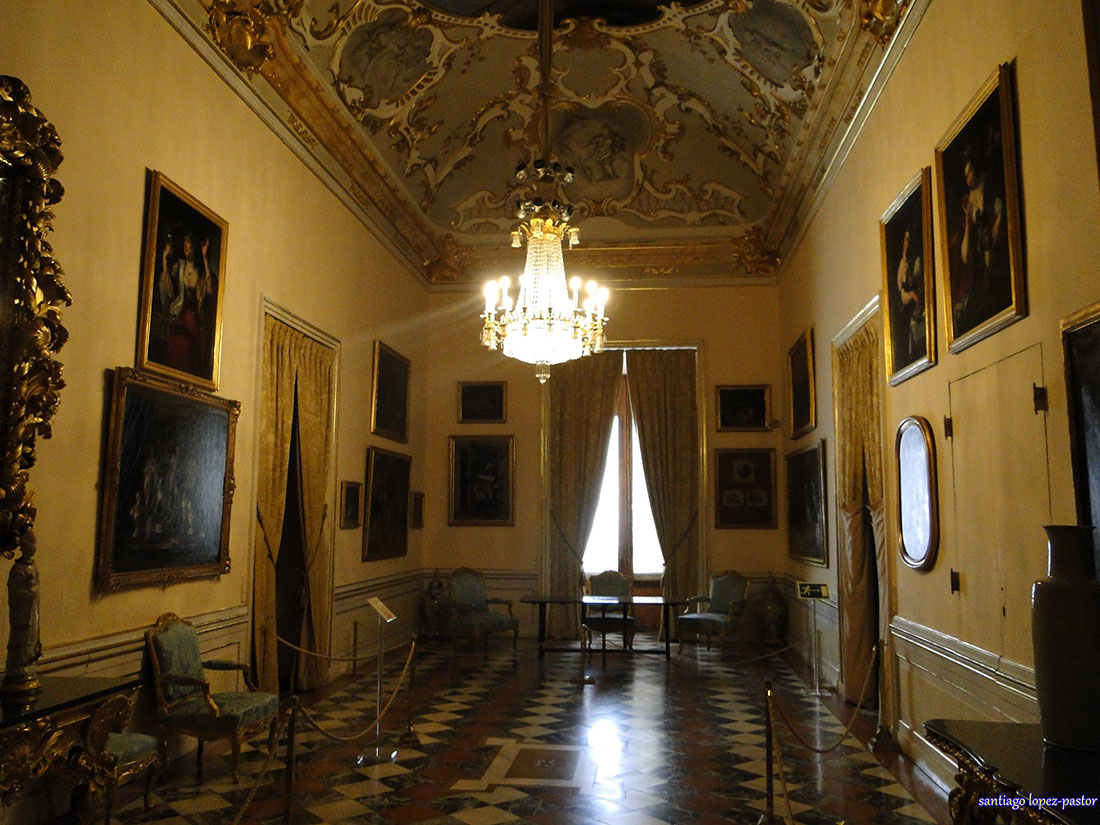
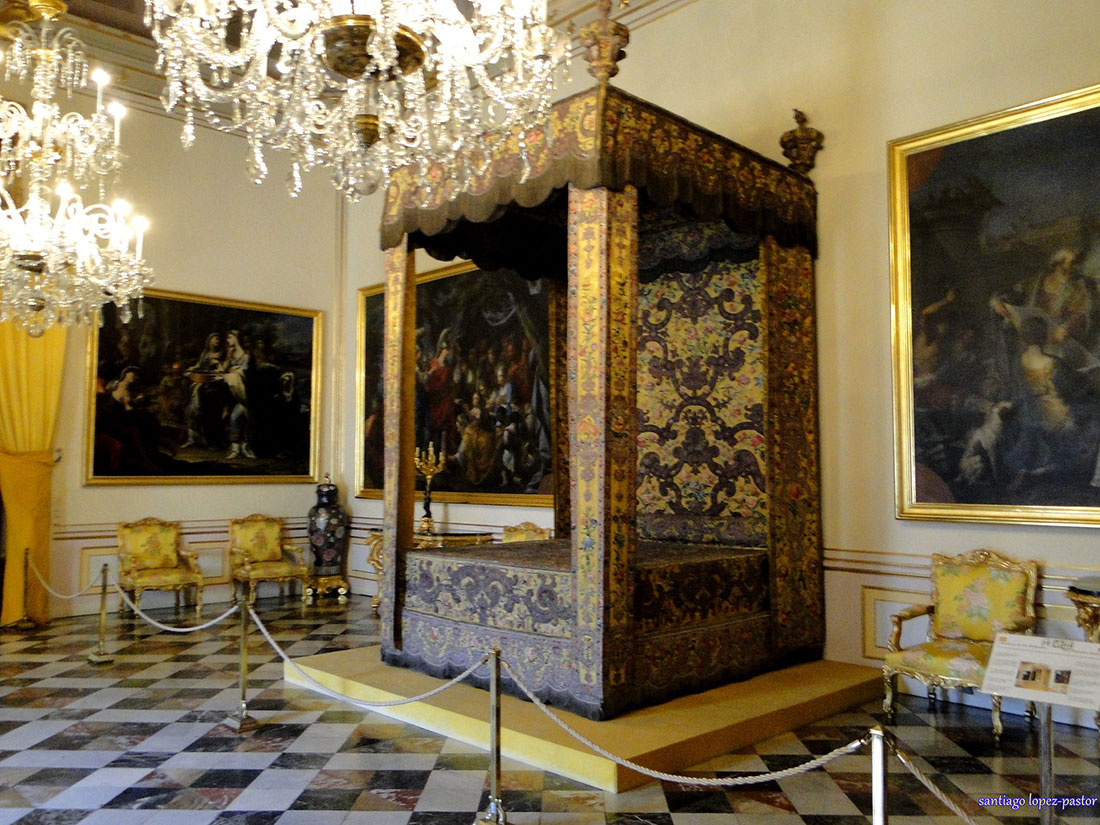
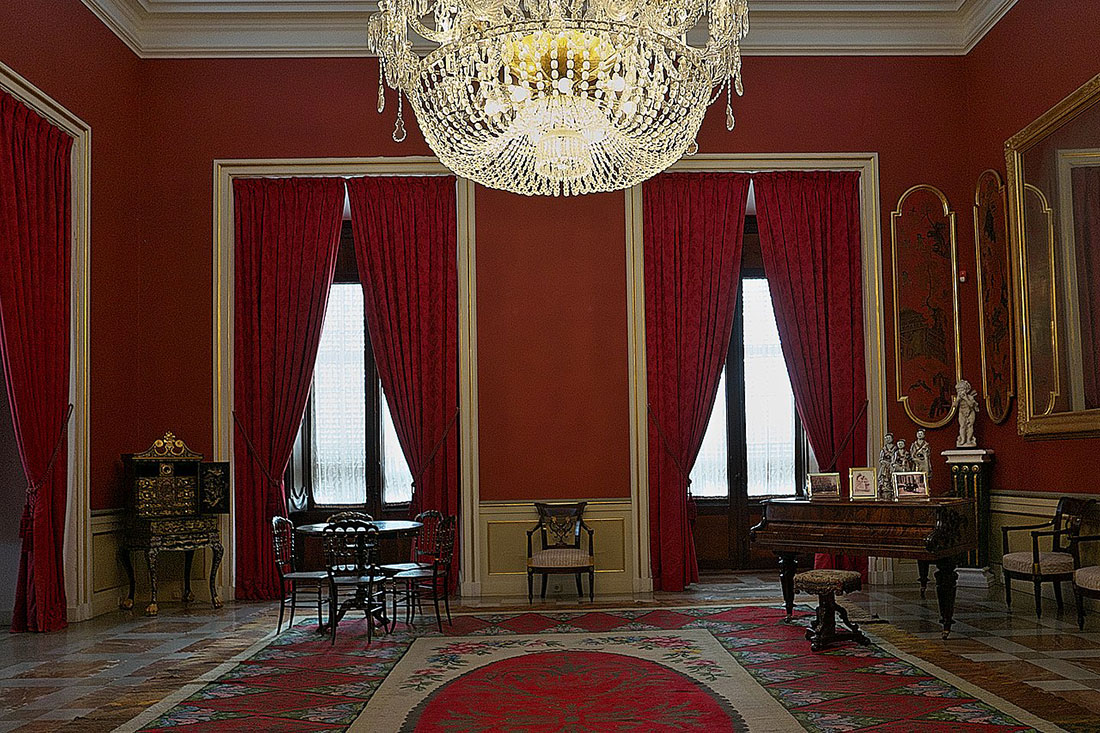
The gardens around the palace, with an area of more than 6.1 sq.km, are one of the finest examples of 18th century European garden design in Spain. A specially hired French designer, René Carlier, used the site’s natural slope in the design of the palatial grounds to improve axial visual vistas and provide sufficient water pressure for the twenty-six sculpted fountains.
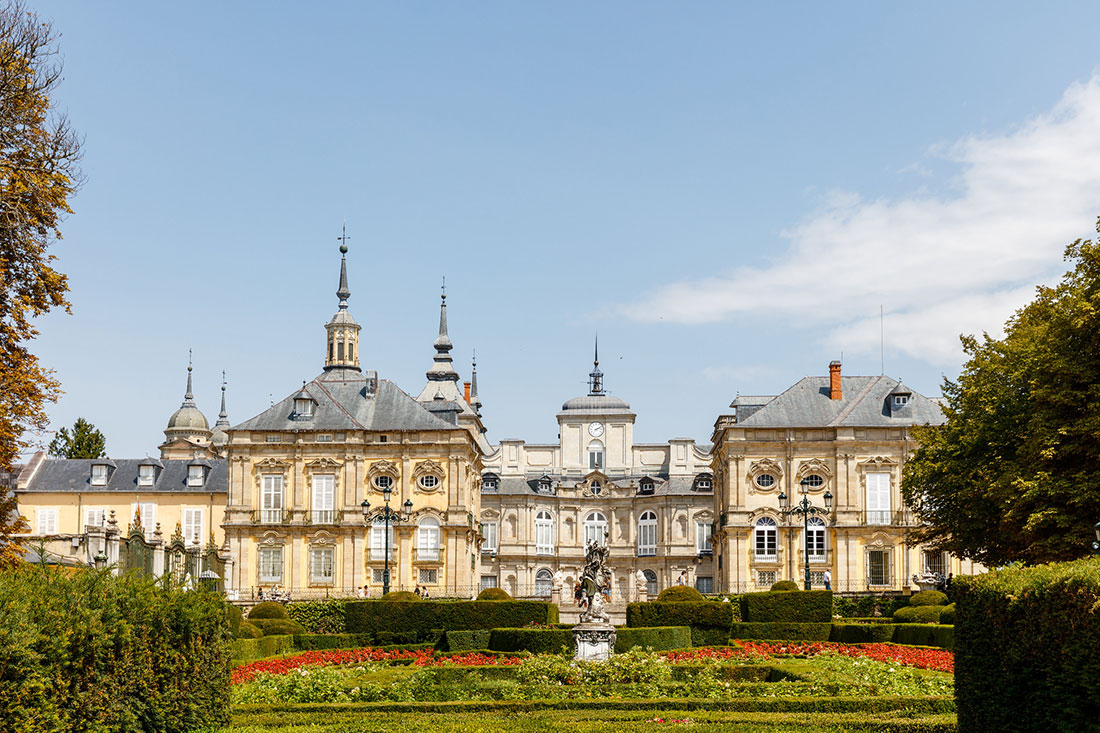
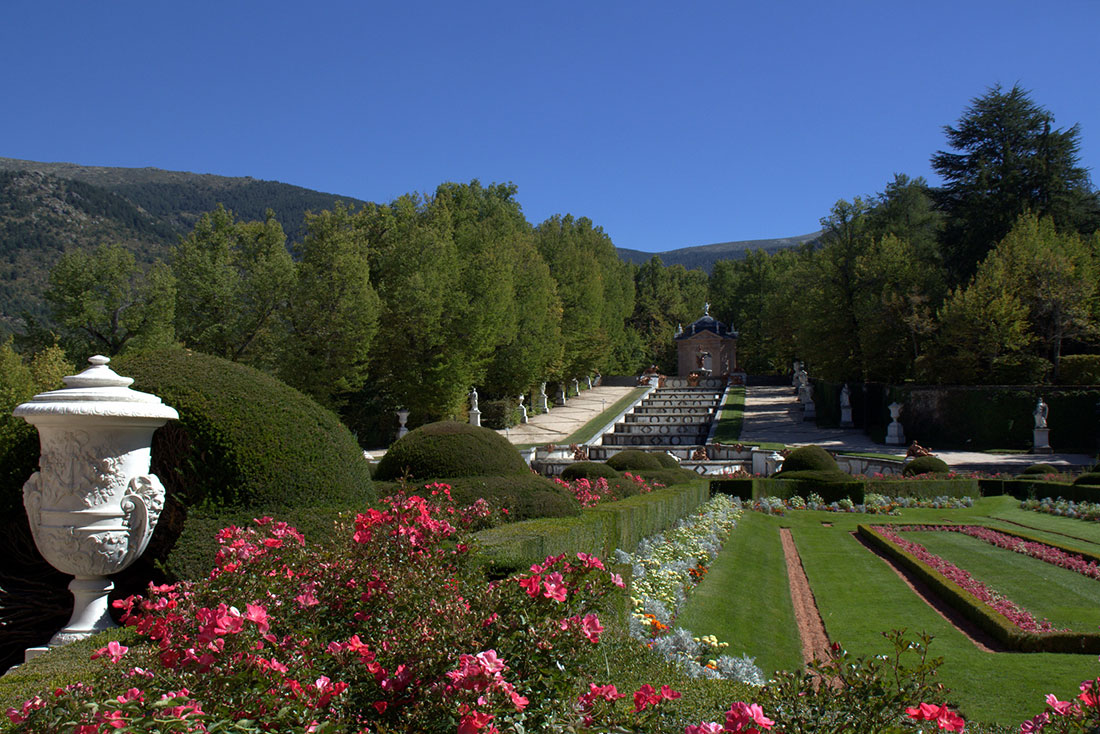
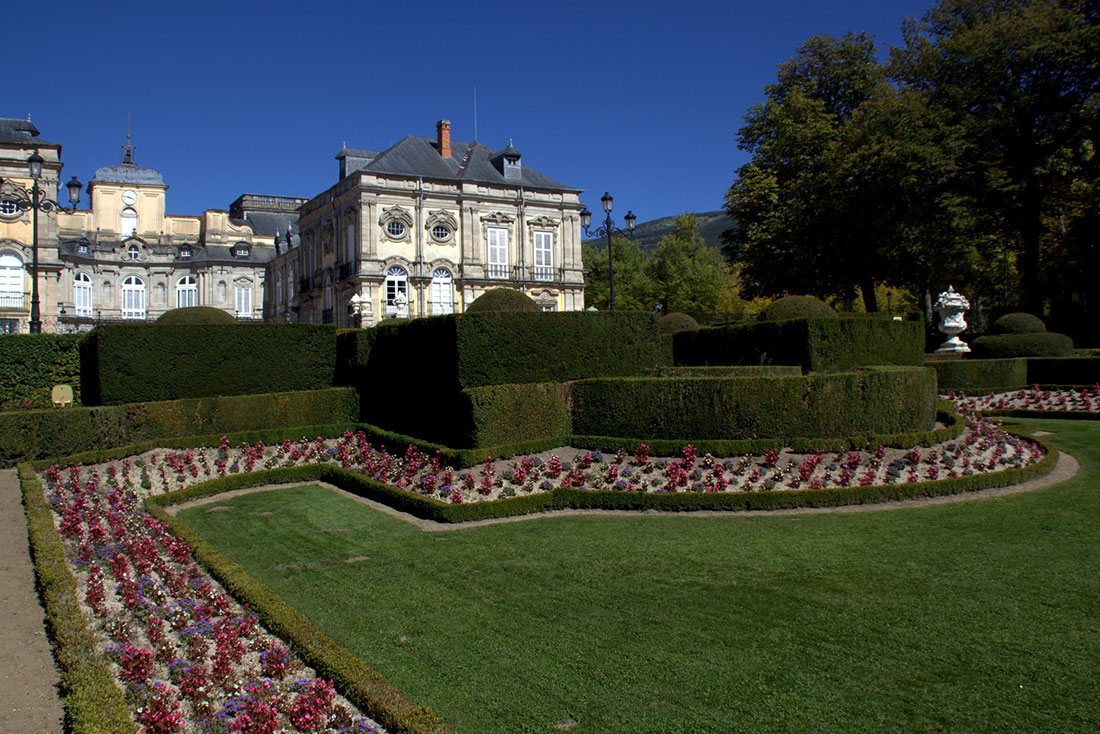
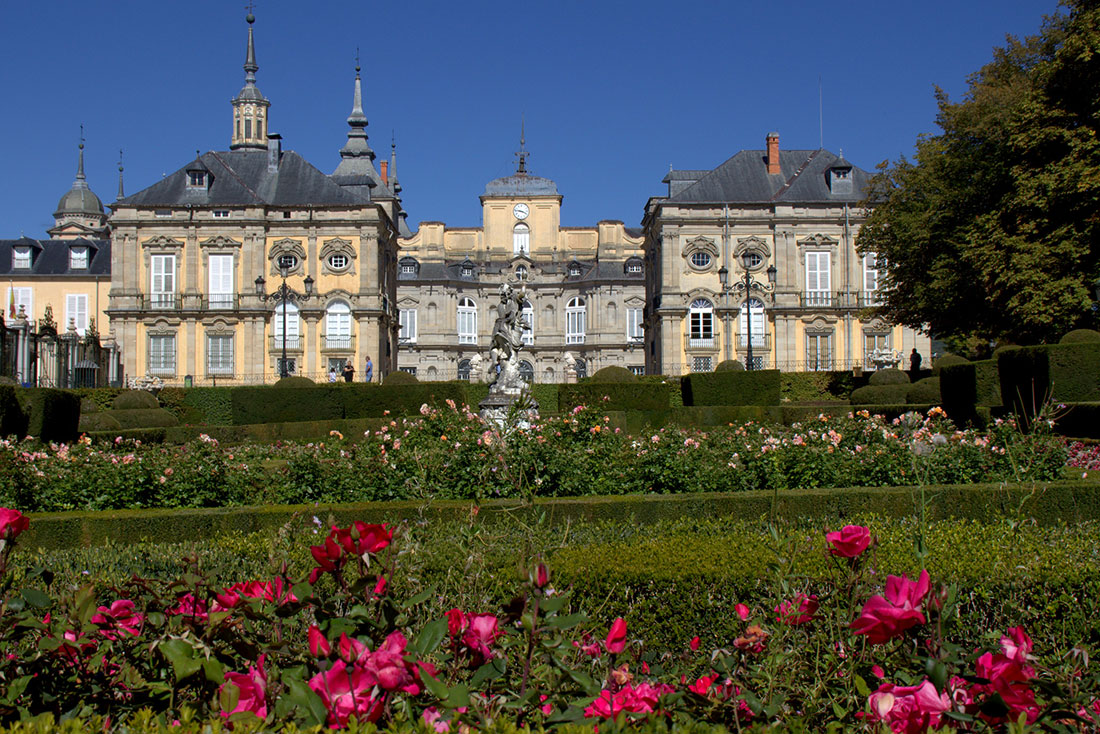
The abundance of water from the mountains was a real gift for Philip V, as it allowed him to fill the garden with breathtaking water features. The original hydraulics are so well preserved that they are still in use today, and the best thing is that we can enjoy this magnificent sight too!
